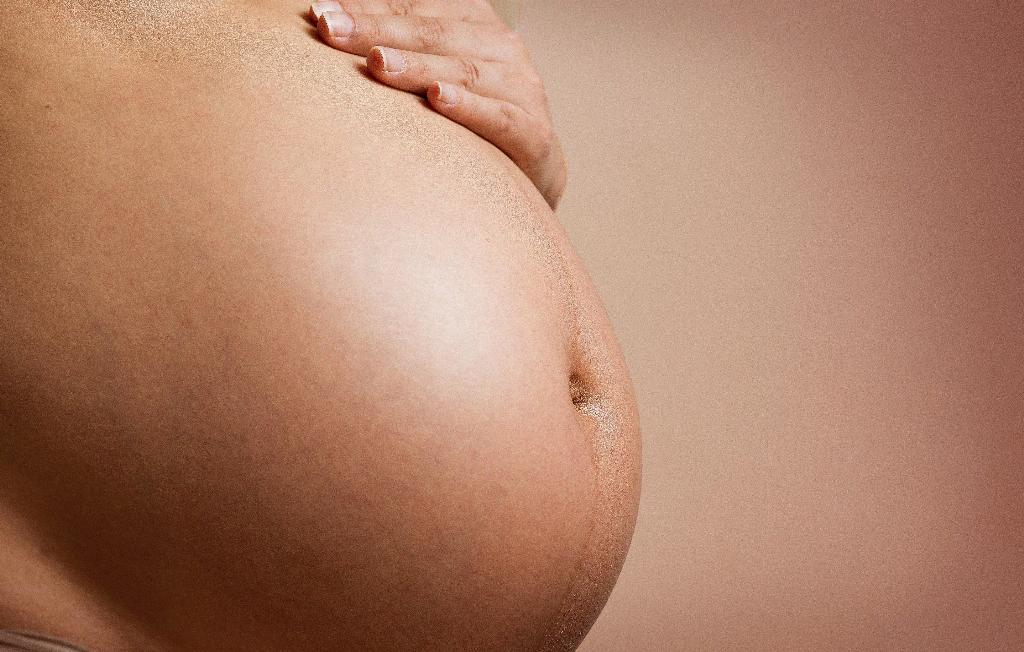When it comes to the birthing process of French Bulldogs, the need for Caesarian sections is a topic of significant discussion among breeders, veterinarians, and dog owners. French Bulldogs, known for their distinctive appearance and loving personalities, are considered a brachycephalic breed, which means they have a short muzzle and flat face. This unique physical characteristic can present challenges during the birthing process, making C-sections a common practice for these dogs.
One of the primary reasons why French Bulldogs often require C-sections is due to their anatomy. The flat shape of their face can lead to difficulties in delivering puppies naturally. The narrow birth canal of the mother may not provide enough space for the puppies to pass through, leading to complications during labor. In such cases, a C-section becomes necessary to ensure the safety of both the mother and her puppies.
Another factor that contributes to the need for C-sections in French Bulldogs is their size. These dogs typically have small and compact bodies, which can further complicate the birthing process. In some cases, the puppies may be too large in relation to the mother’s size, making it challenging for them to be delivered vaginally. This is another scenario where a C-section may be the safest option.
It’s essential to note that the decision to perform a C-section on a French Bulldog is not taken lightly. Veterinarians carefully evaluate the health and well-being of the mother and her puppies before opting for a surgical intervention. While C-sections are common in brachycephalic breeds like French Bulldogs, they are usually recommended when natural birth is deemed too risky or unlikely to succeed.
Aside from anatomical and size-related factors, there are other reasons why French Bulldogs may require C-sections. Breeding practices, such as selecting for certain physical traits or breeding closely related dogs, can increase the likelihood of birthing complications. These practices can result in puppies that are too large or positioned awkwardly in the birth canal, necessitating surgical assistance.
Furthermore, issues with labor progression or maternal exhaustion can also prompt the need for a C-section in French Bulldogs. Prolonged labor or failure to progress can put stress on the mother and her puppies, posing risks to their health. In such cases, a C-section can help expedite the delivery process and reduce the chances of complications.
It’s important for French Bulldog owners to be aware of the possibility of C-sections and to work closely with their veterinarians to prepare for all eventualities. Monitoring the mother’s pregnancy, ensuring proper nutrition and exercise, and being vigilant for signs of labor are essential steps in promoting a successful birthing experience. Being proactive and seeking professional guidance can help minimize risks and ensure the well-being of the mother and her puppies.
In conclusion, while not all French Bulldogs will require C-sections, the likelihood of this intervention is relatively high due to the breed’s unique anatomy and size. Understanding the factors that contribute to the need for surgical assistance during labor is crucial for ensuring the health and safety of both the mother and her puppies. By being informed and proactive, French Bulldog owners can navigate the birthing process with confidence and support, knowing that they are taking the necessary steps to promote a positive outcome for their beloved pets.

